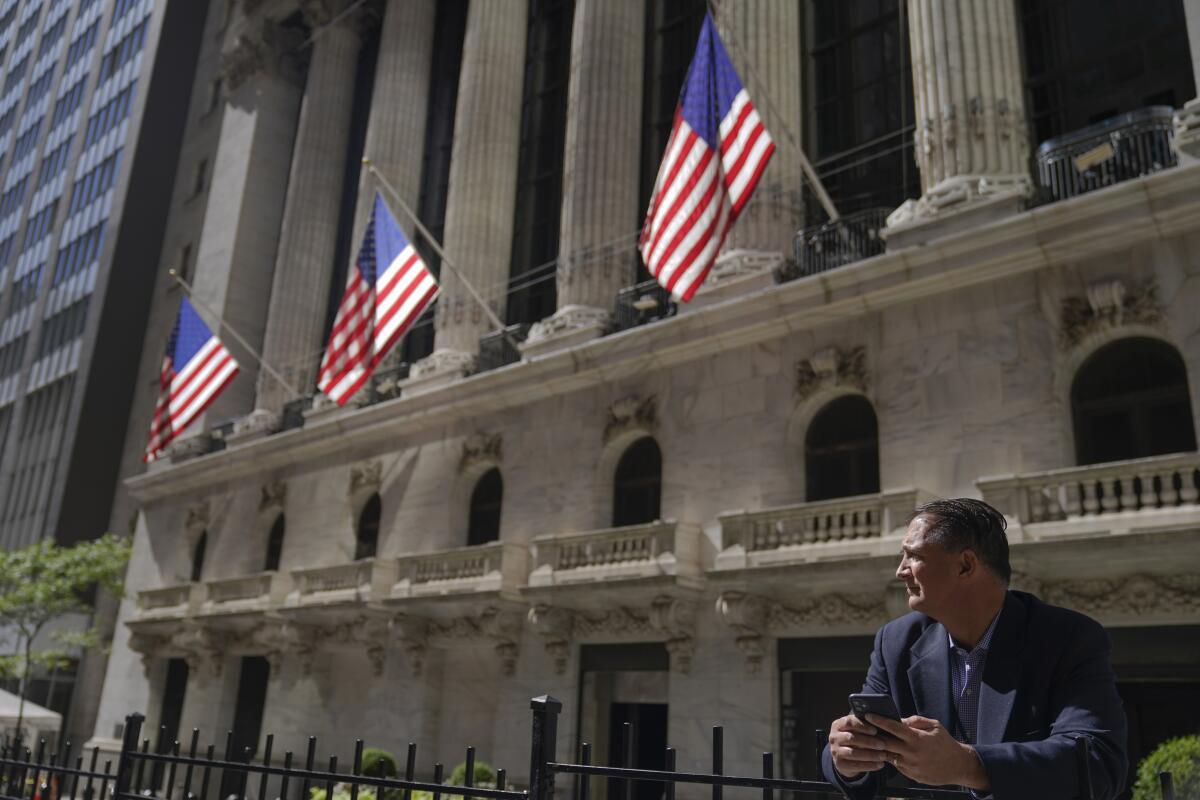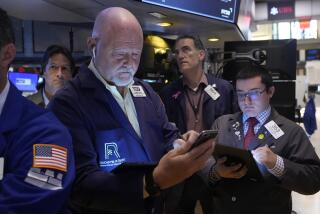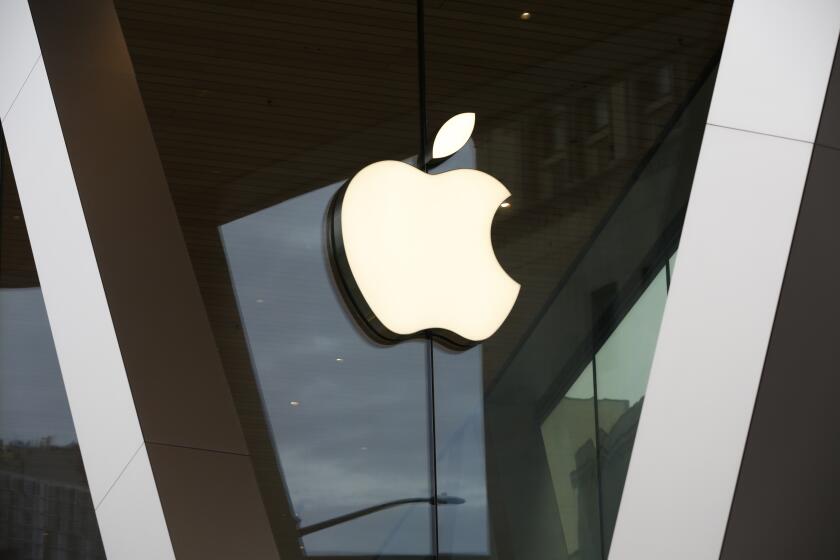Wall Street rises ahead of year’s last barrage of rate hikes

- Share via
Stocks closed higher Monday as Wall Street kicked off a busy week in which central banks are likely to unload the year’s final barrage of interest rate hikes meant to drive down the world’s painfully high inflation.
The Standard & Poor’s 500 rallied 1.4%, trimming its loss for the year to 16.3%. The Dow Jones industrial average rose 1.6% and the Nasdaq composite gained 1.3%. Small-company stocks also rose, pushing the Russell 2000 index 1.2% higher. The indexes are coming off their first weekly loss in three weeks.
The gains were widespread, with more than 90% of stocks in the benchmark S&P 500 index closing higher. Treasury yields rose broadly.
The market rally comes ahead of a key inflation report on Tuesday and a meeting of policymakers at the Federal Reserve, after which investors expect the Fed to announce Wednesday its last rate hike of the year after a blitzkrieg that began in March.
“Tomorrow, the inflation data is pretty important because we’ve been getting some decent reads,” said Tom Martin, senior portfolio manager at Globalt Investments. “Not to say that inflation has been coming down by leaps and bounds, but sort of at the margin it looks as though prices are getting a little bit weaker.”
The main reason for Wall Street’s struggles this year has been high inflation, and the higher interest rates engineered to combat it.
Higher rates slow the economy by design and risk causing a recession if they go too high, all while dragging down prices of investments. One upside for investors is that the Fed has hinted it will dial down the size of its rate hikes, and it may announce a more modest increase of half a percentage point Wednesday.
That would follow four straight mega-hikes of 0.75 of a percentage point. Each was triple the Fed’s usual move, and they brought the central bank’s key overnight rate up to a range of 3.75% to 4% after starting the year at virtually zero.
Other central banks around the world are also likely to raise their own rates by half a percentage point this week, including the European Central Bank and the Bank of England.
Any dial-down in the size of rate hikes would mean less added pain for markets and the economy. Such hopes have helped stocks and bonds to rally since mid-October, as investors have taken data reports to mean the worst of inflation has finally passed, allowing the Fed to ease up.
But expectations for a slowdown in rate hikes may also be setting up investors for disappointment, if central banks this week signal that they’ll ultimately take rates higher than markets expect. While they aren’t the majority of the market, many traders are betting on the Fed’s overnight interest rate to ultimately top out at a range of 4.75% to 5% next year, for example.
Economists at Goldman Sachs expect Fed policymakers on Wednesday to signal their median expectation is for rates to hit a range of 5% to 5.25%, up by half a percentage point from their last projection.
Some investors also continue to make moves in anticipation that the Fed could cut interest rates by the second half of 2023. Rate cuts generally act like steroids for stocks and other investments, but the Fed has been insisting it plans to hold rates at a high level for some time to ensure the battle against inflation is won.
Even if inflation is indeed on its way down, along with rate hikes, the global economy still faces threats from the increases already pushed through. The housing industry and other businesses that rely on low interest rates have shown particular weakness recently, and worries are rising about the strength of upcoming corporate profits.
“Inflation Data and Fed Is Yesterday’s News; Focus on Earnings Risk” was the title of a report published Monday by strategists at Morgan Stanley.
The next big milestone for markets comes Tuesday, when the U.S. government releases the latest update on inflation at the consumer level. Economists expect to see inflation slowed to 7.3% last month from 7.7% in October.
Besides raising short-term rates, the Fed is also making other moves with its vast trove of Treasury notes that should in effect enable longer-term yields to rise.
The yield on the 10-year Treasury, which influences rates for mortgages and other loans, rose to 3.61% from 3.59% late Friday. The two-year yield, which tends to more closely track expectations for the Fed, rose to 4.39% from 4.34%.
Technology stocks accounted for a big share of the market’s gains. Microsoft rose 2.9% and was the biggest single force lifting the S&P 500. The London Stock Exchange Group agreed to a 10-year deal in which it will move data to Microsoft’s cloud and spend at least $2.8 billion. Microsoft is also taking a 4% ownership stake in the company.
Horizon Therapeutics jumped 15.5% after Amgen announced it would acquire the biopharmaceutical company for about $26.4 billion.
Energy producers also rose after the price of U.S. oil settled 3% higher. Exxon Mobil rose 2.5%.
Last week, crude prices scraped their lowest levels of the year on worries about a weakening global economy, which would mean less demand for energy.
All told, the S&P 500 rose 56.18 points to 3,990.56. The Dow added 528.58 points to close at 34,005.04. The Nasdaq climbed 139.12 points to 11,143.74. The Russell 2000 gained 21.95 points to end at 1,818.61.
AP business writers Elaine Kurtenbach and Matt Ott contributed to this report.
More to Read
Inside the business of entertainment
The Wide Shot brings you news, analysis and insights on everything from streaming wars to production — and what it all means for the future.
You may occasionally receive promotional content from the Los Angeles Times.










